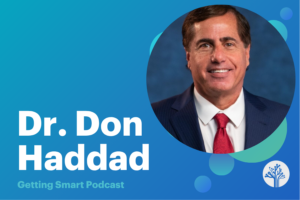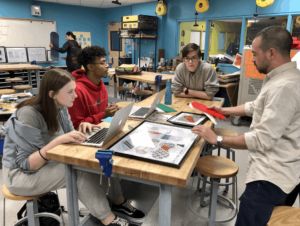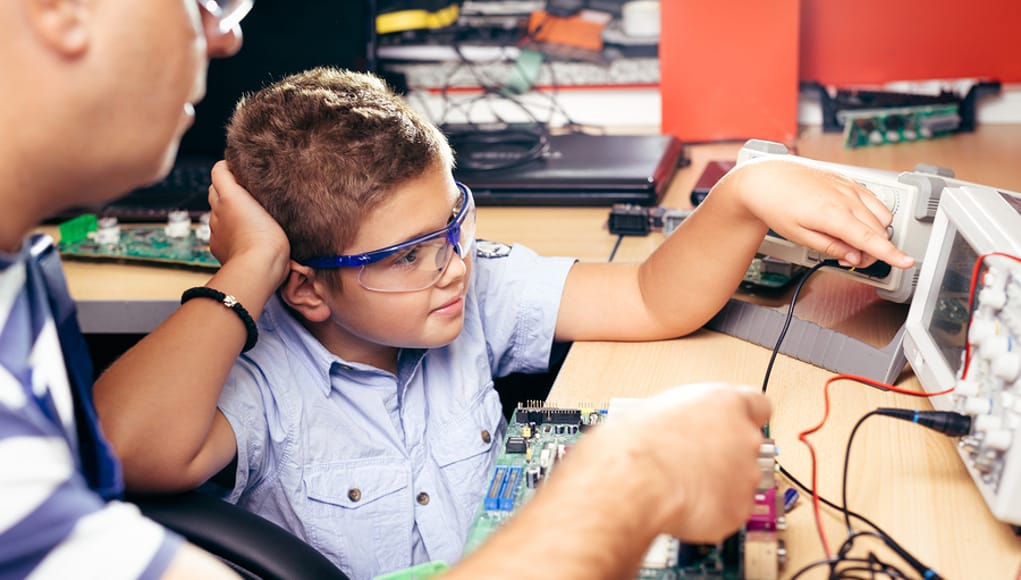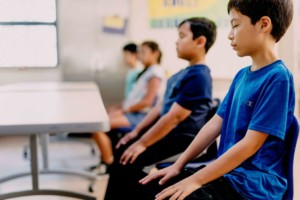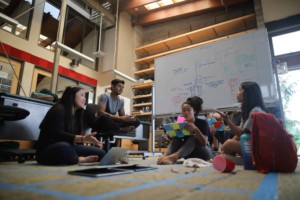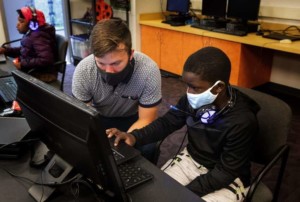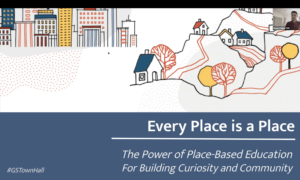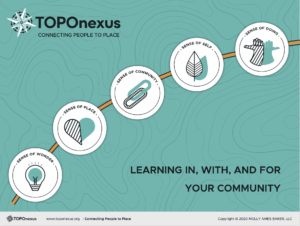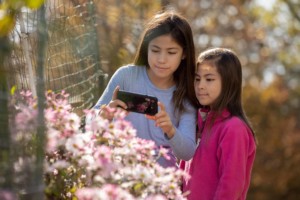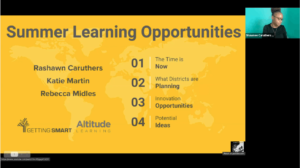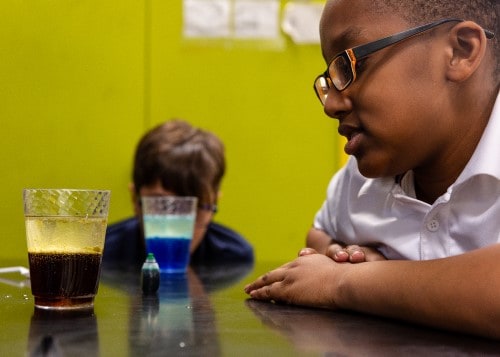Place Based Education
Place-Based Education (PBE) is anytime, anywhere learning that leverages the power of place, and learning space – not just the power of technology – to personalize learning. We’ve recently released a new book, The Power of Place: Authentic Learning Through Place-Based Education, which focuses on how PBE is an immersive learning experience that “places students in local heritage, cultures, landscapes, opportunities and experiences, using these as a foundation for the study of language arts, mathematics, social studies, science and other subjects across the curriculum.” PBE is also a natural complement to Personalized and Project-Based Learning, providing a way to connect these efforts to students’ local environment for engaging learning that leads to more engaged citizens.
What’s the Right High School Size and Structure?
The size of high school institutions dictate how learners experience their secondary years but are smaller networks of education the answer?
The Trail to Recovery: Addressing Learning Gaps Through Project-Based Learning
Teachers need to address COVID-caused learning gaps through pedagogical approaches associated with high-quality project-based learning.
Yoga Ed. Addresses Trauma Through Teacher, Student Self-Care
YOGA ed.'s online curriculum and coaching focuses on trauma-informed education approach for optimal teacher and student mental health, wellness, and performance.
Nalukai Academy: Harvesting Hawai’i’s Next Generation of Leaders
Whether the goal is to move off of the islands or lay roots in Hawaiʻi, Nalukai Academy prepares its youth for an entrepreneurial future that will lead to stewardship and a positive impact on their community.
The Power and Possibility of Community Learning Hubs
Community Learning Hubs have become a lifeline for students that are in all virtual and hybrid school models providing a safe place to be throughout the day and, in some cases, evenings.
Town Hall Recap: Every Place is a Place
On this monthly town hall, we went long on place-based education and the ways in which it is a powerful tool for building community and inquiry. We also discussed the ways in which community-connected projects are an outstanding way to continue learning through the summer and beyond.
TOPOnexus: Bringing Back Wonder and Whoa!
Getting learners out the door to explore their own “backyard” can be a powerful first step in creating community change. Wonder, whoa and the Arc of Action can be used as tools to shift from a checklist to a learner-centered approach.
Dive Into a Virtual Ocean and Three Other Ways Young People Can Experience the Wonder of the World This Earth Day
Chief Education Officer of National Geographic, Vicki Phillips, explores the ways to engage with the planet from wherever you are this Earth Day.
Strategies and Considerations When Designing for Summer Learning
There are abundant summer learning opportunities. Alongside Katie Martin, we highlight some of the most compelling and interesting options.
Connecting Classroom and Community: 7 Strategies to Try (even virtually)
By: Kyle Conley. As students return to learning this fall, this is the time to lean into the challenges of delivering deeper learning remotely. Here are seven strategies educators can try to build critical connections for students with their classrooms and communities.


